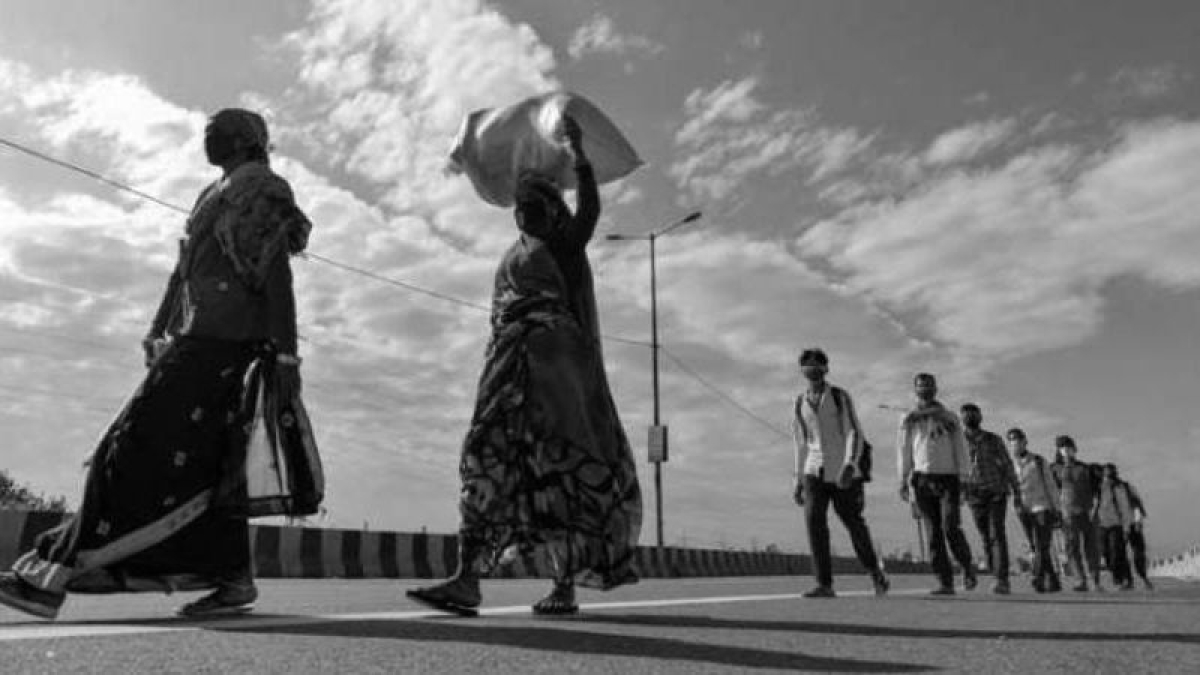At a time when India is continuing its struggle against the second wave of COVID-19, a report released by the Centre for Sustainable Employment at Azim Premji University (APU) revealed that the first wave of the COVID-19 pandemic pushed nearly 23 crore Indians into poverty.
The report also highlighted the fact that this disproportionate impact on the poor was the result of the slow recovery of labour market which was hard hit last year because of the nationwide lockdown.
The report under the name ‘State of Working India Report 2021: One Year of COVID’ also stated that since the arrival of the pandemic, rural India witnessed a rise of about 15 percent in poverty while a 20 percent rise was registered in urban areas.
Another shocking observation of the report was that the pandemic enforced these 23 crore Indians to fall below the national minimum wage poverty line. This means that all these individuals are now earning below the national minimum wage threshold of Rs. 375 per day, which was recommended by the Anoop Satpathy committee.
The report noted how crores of Indians lost their jobs during the strict nationwide lockdown in 2020 and that an average household of four members saw their monthly per capita income fall to Rs. 4,979, below the pre-pandemic level of Rs. 5,989 as of October 2020.
In light of the facts, the study also suggested that the decline in aggregate income was majorly due to the reduction in earnings by about 90 percent, while 10 percent was due to loss of employment. This indicated that even though most workers were able to go back to work they had to settle for lower earnings.
The report further highlighted that the pandemic has increased informality as nearly half of formal salaried workers moved into informal work, either as self-employed (30 percent), casual wage (10 percent) or informal salaried (9 percent) workers, between late 2019 and late 2020.
Apart from this, women and younger workers have also been disproportionately affected due to the pandemic.

